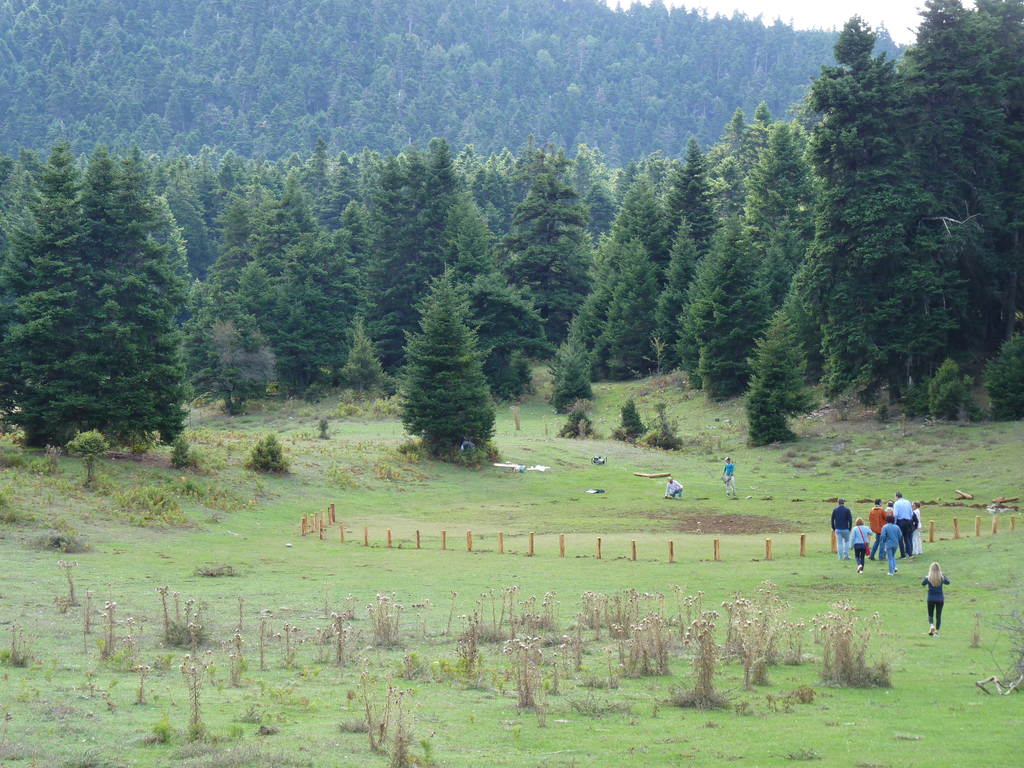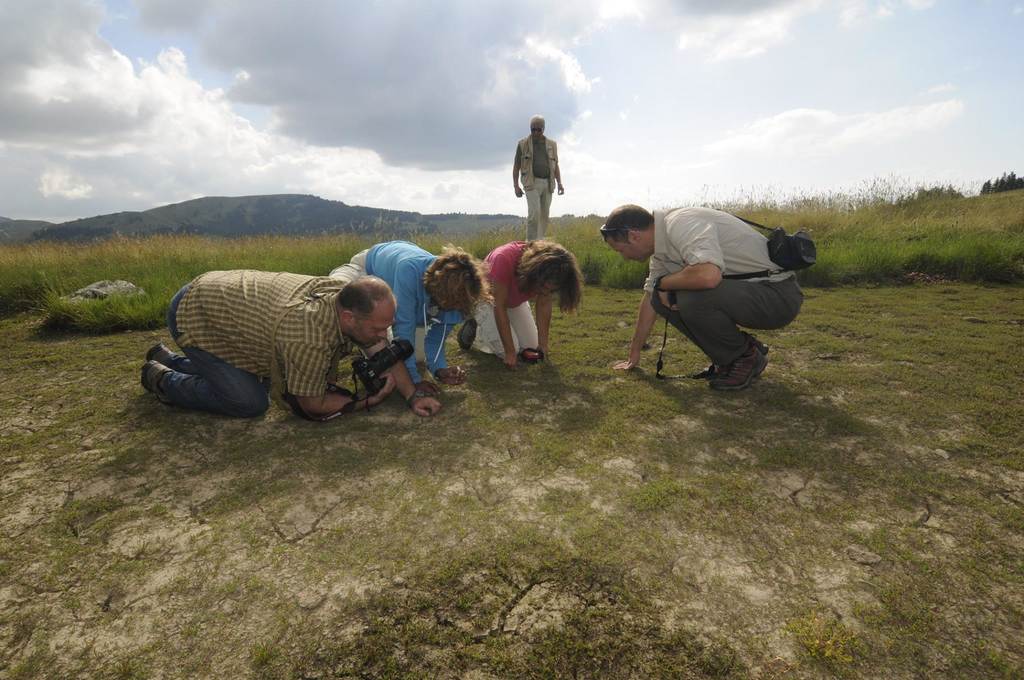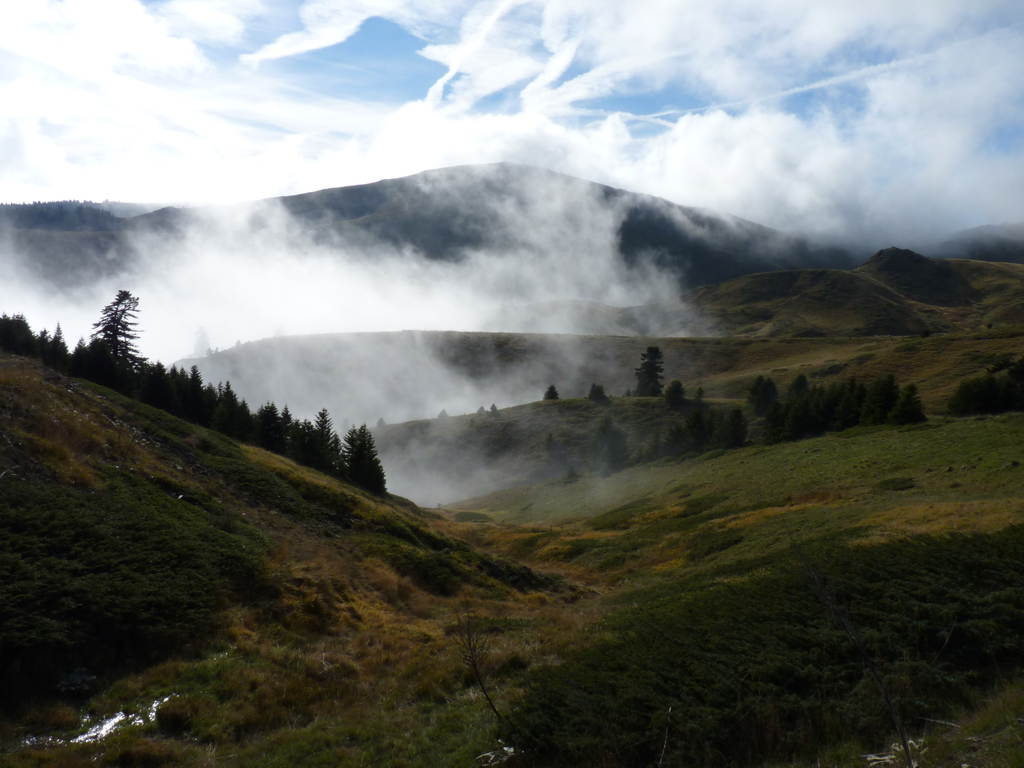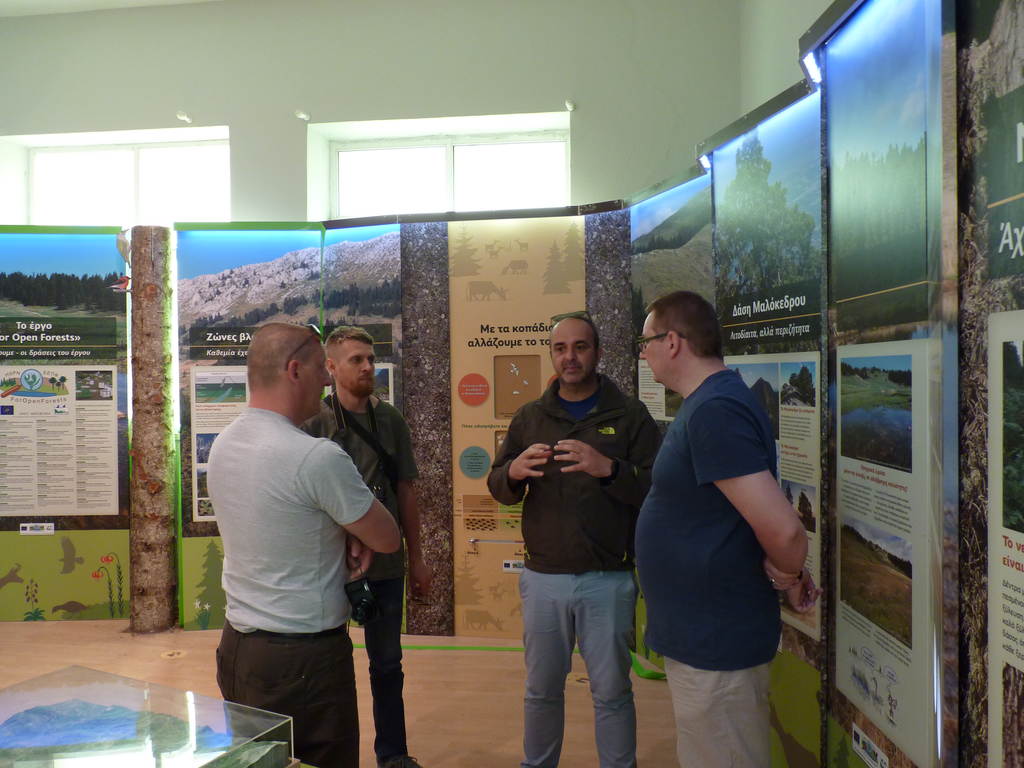October 2018 - ForOpenForests
Α) Identity of the project
| Title/ N° |
Conservation of priority forests and forest openings in "Ethnikos Drymos Oitis" and "Oros Kallidromo" of Sterea Ellada LIFE11 NAT/GR/001014 |
| Duration |
63+24 months |
| Budget |
€1,750,840 |
|
Beneficiaries |
Coordinating Beneficiary: Hellenic Society for the Protection of Nature Associated Beneficiaries: Kapodistrian Univeristy Of Athens (Uoa) Institute For Mediterrnanean Forest Ecosystems (IMFE) Region Of Sterea Ellada (RST) Arcturos |
| Location of activities |
Region of Sterea Ellada (National Park of Oitis and Mount Kallidromo) |
| Website |
www.foropenforests.org - the official webpage of the project |
| Contact |
Christos Georgiadis This email address is being protected from spambots. You need JavaScript enabled to view it.+302310639864 |
Description/Aim
The project aims to implement management actions for the conservation of priority habitats and species in two mountainous Natura 2000 sites in central Greece: the National Forest Park of Oiti, "Ethnikos Drymos Oitis” (GR2440004), and “Oros Kallidromo” (GR2440006). The main threats to the target habitats and species include: reduced grazing and the abandonment of traditional farm practices, which leads to forest expansion and thickening; intensification of forest management, which causes habitat deterioration and loss of nesting sites for forest birds; modifications of the temporary pond hydrological cycle and damage caused by off-road vehicles; illegal waste disposal, causing soil and water pollution; wild fire incidents, which are destructive for mountain conifer species (Pinus nigra subsp. pallasiana and Juniperus foetidissima) that do not possess a post fire regeneration mechanism; illegal hunting, which reduces the populations of rock partridge (Alectoris graeca); conflict between the brown bear and producers; and climate change, which threatens the high altitude habitats targeted by the project, especially Mediterranean temporary ponds.
Β) Best Practices
Grafting of cypress trees with Juniperus foetidissima grafts taken from local trees and planting them on Mt. Oiti is a good practice of the project. The aim of planting the grafted trees is to improve the status of the Juniperus foetiddisima habitat. The use of satellite transmitters to study the movement of livestock and the analysis of their grazing habits has provided useful conclusions for the management of grazing.
Good practice for disseminating of information and attitude change include the active involvement of local audiences. To achieve this goal, seminars and informative meetings are organized for beekeepers, stockbreeders, and farmers, as well as educational field trips for students, teachers and the general public, during which they are informed about the implemented actions by members of the project team. Two visitor information centers were also created.
The establishment and operation of the Stakeholders' Committee is a good practice. At the beginning of the project, all the actors in the area who are directly or indirectly related to the protection and management of both project areas, as well as their users were identified, and invited to join the Committee. The Committee meets at least once a year, and has an advisory role; all relevant stakeholders have the opportunity to express their views and to make proposals regarding the implementation of project’s actions.
Good practice include: the creation of a seed bank in order to protect and conserve the typical species of the targeted habitats; the use of deterrent measures to reduce conflicts between brown bear and producers, such as the use of electric fences, the use of Greek Shepherd Dogs to protect flocks, and the increase of brown bear food resources by planting wild fruit trees in specific locations; the elaboration of specifications and guidelines for management of species, habitats, and for the area GR2440006.
C) Results
The main results of the project include: the extension of Natura 2000 site GR2440004 in order to encompass the temporary pond at Alykaina; two visitor information centers that are operational in the Mt. Oiti National Park and on Mt. Kallidromo; the successful transplantation of Veronica oetaea* grew successfully in a fourth temporary pond at Luka, on Mt. Oiti, after seeding by the scientific team of the National and Kapodistrian University of Athens; the reduction of human-brown bear conflict, by distributing 30 electrified fences and 22 Greek Shepherd puppies, and planting 1,000 wild fruit trees in the Mt. Oiti National Park.
The results and the deliverables to date are available on the project website. All interested persons can contact the Hellenic Society for the Protection of Nature, even after the end of the project, and request any information or project deliverable. The Management Authority of the Mt. Oiti National Park, with the appropriate scientific staff, could continue to monitor the project's target species and habitats, and implement environmental education activities for students at the two Visitor Information Centers in cooperation with the Environmental Education Center of Stylida - Ypati. The Managing Authority can also continue to implement project actions (e.g. distribution of electrified fences, etc.).
Next steps:
Completion of all infrastructure related to visitor management in the two project areas. Organization of additional educational visits for students to Mts. Oiti and Kallidromo, including educational activities in the field.






